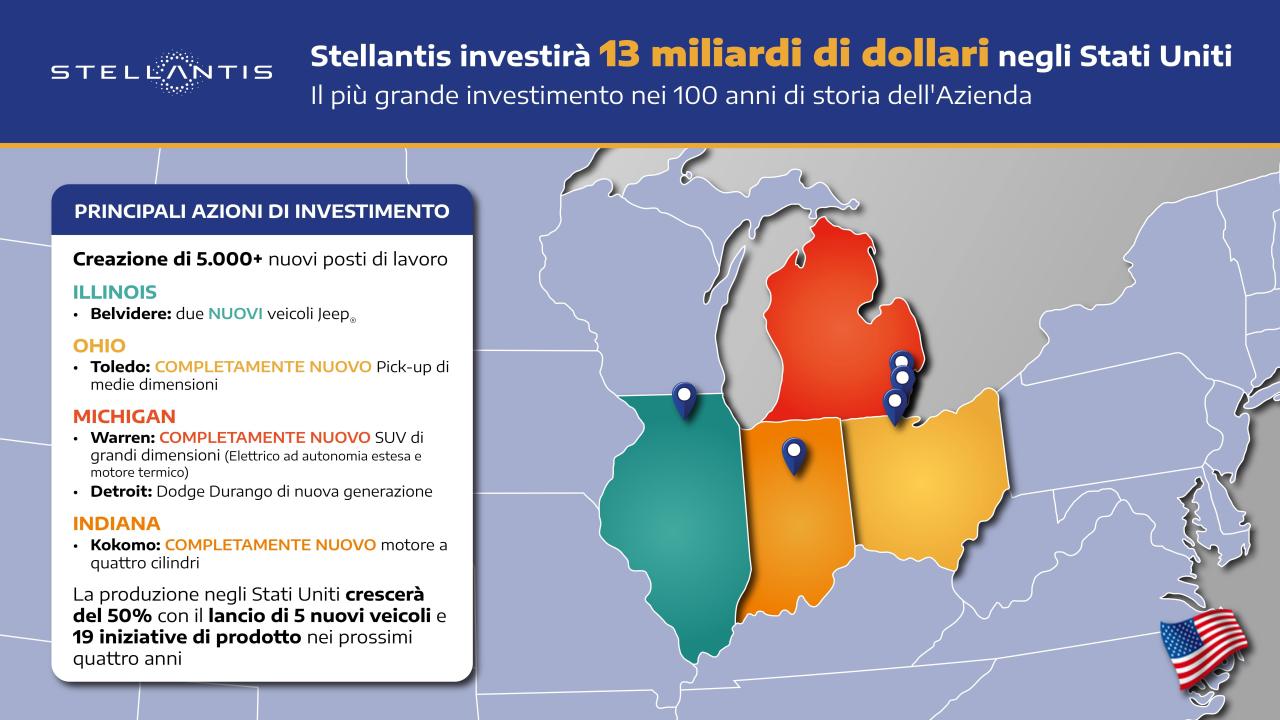Ebbene, questa è stata una delle giornate che, insieme al giorno in cui io e la mia ragazza ci siamo fidanzati, non credo che dimenticherò facilmente!
Infatti... Stamane, 28 agosto, sono uscito di casa poichè sono andato a farmi la cartà d'identità, e mentre stavo facendo la strada per andare all'ufficio del Comune... Ebbene...
Ho visto delle auto storiche, che non avevo mai visto prima nella realtà!
Si, avevo visto delle immagini su Internet e nei film, ma a vederle dal vivo suscitano un fas
![]()

![]()

Crea un account o accedi per lasciare un commento